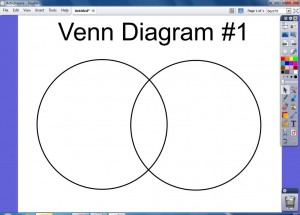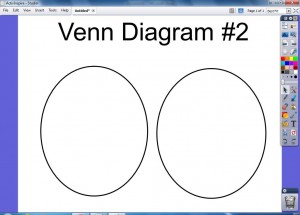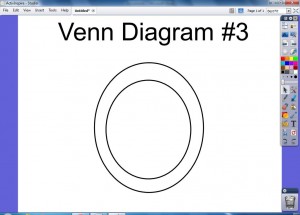Good evening!
We started off our day by reviewing the comparing reading strategy. We have been reviewing all of our reading strategies over the last few weeks, and will continue to keep adding new strategies to our resource books. Today we finished an activity that we actually started yesterday. We were comparing Percy Jackson and the Olympians: The Lightning Thief with the movie version. We discovered that there are a lot of differences. One student even remarked, “the book was so thick but that movie… it was short!” We compared the two using different Venn Diagrams. Not every group used the same diagram, so students had to watch how they organized their information. I’ll post pictures of our finished work tomorrow, but for now take a look at the 3 different diagrams we used. Do you know how to use each of these diagrams?
In French today we started our last topic in our School Unit. We looked at the parts of the school. We used this fun youtube video to introduce some of the vocabulary that we are going to be learning:
http://www.youtube.com/watch?v=cCOrA-f4dQk
We will be using this vocabulary to design our own schools and then we will have completed this unit. Next up… Animals!
In Science today we completed our discussion of short circuits. The students and I have been discussing what a short circuit is and why they are so dangerous. Electricity always takes the shortest path, so that means that you have to be careful how you wire things. Students were able to create a working closed circuit today using 2 wires, a battery, and a light bulb. We then added another wire between the light bulb and the battery. It looked something like this:
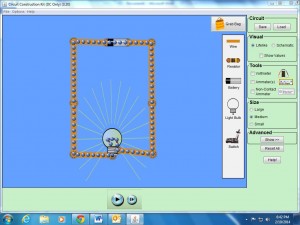
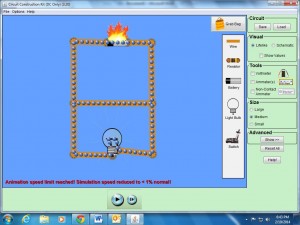
As you can see, the light bulb does not light up and the battery is overheating. This is because the electricity travels much quicker through the shortest path, producing too much friction. We also explored switches today. Students were all given some switches and asked to determine how they worked. Students were able to open and close their circuits by using the switch. When the circuit is open, the light bulb will not light up. When the circuit is closed, it will! See our examples below:
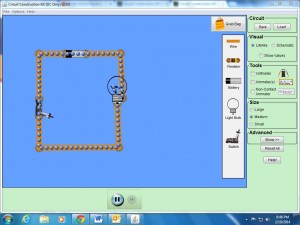
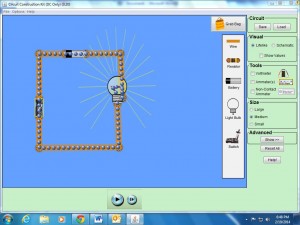
Want to practice building circuits at home? You can visit the Circuit Construction Kit here: http://phet.colorado.edu/en/simulation/circuit-construction-kit-dc
Agenda:
Read 20 minutes
Reading Journal (Friday)
Multiplication Quiz (Friday)
Science: Science Fair (March 6th)

